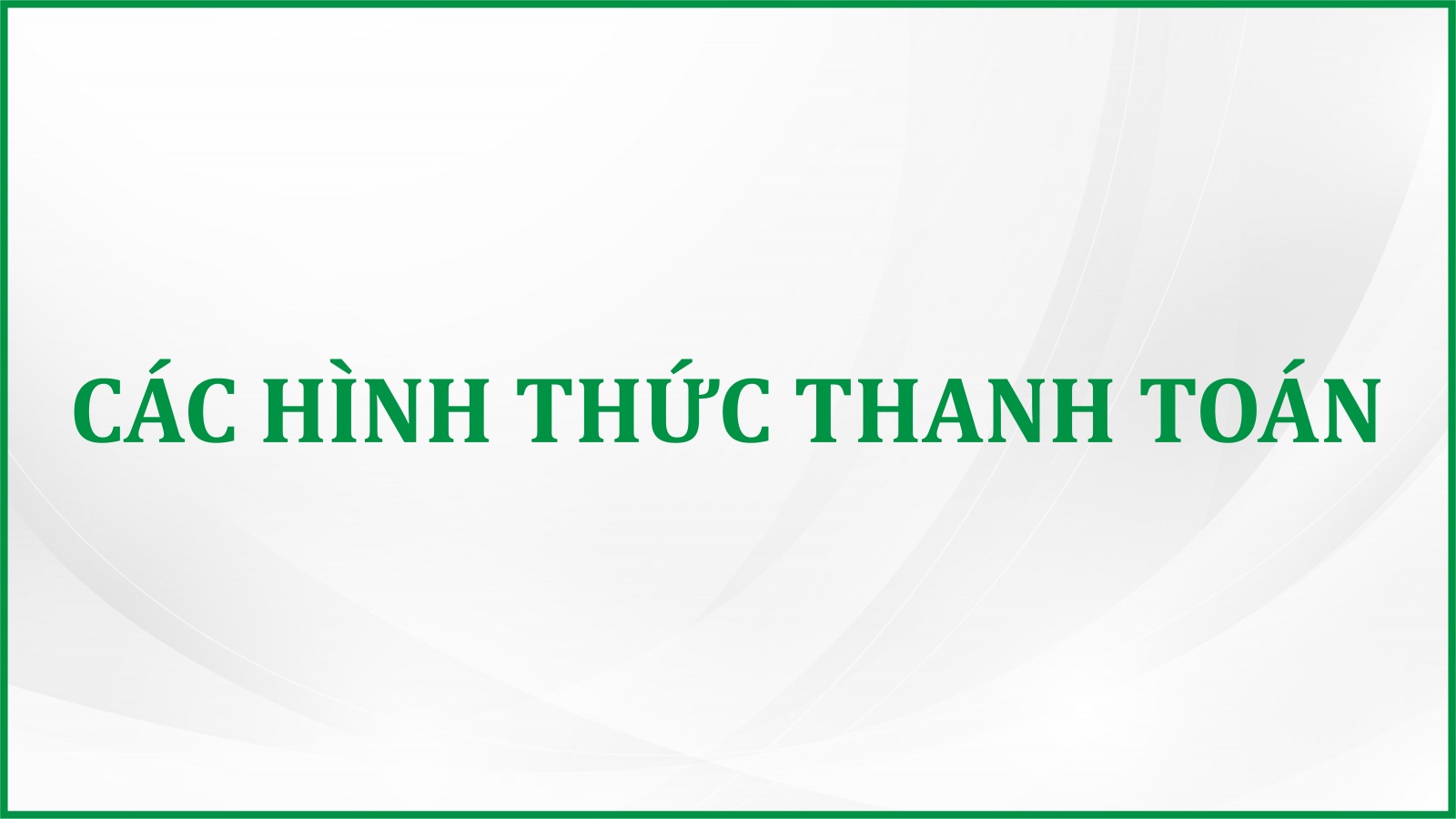Hiệu quả của Oresol giảm áp lực thẩm thấu trong điều trị tiêu chảy cấp ở trẻ em tại khoa Tiêu hóa – Bệnh viện Nhi Đồng 2
Ngày đăng: 01/07/2010


Lượt xem: 28625
Dương Thanh Long*, Phạm Thị Ngọc Tuyết**, Trần Thị Thanh Tâm***
TÓM TẮT:
Phương pháp: Thử nghiệm lâm sàng, mù đôi ngẫu nghiên có đối chứng ở trẻ từ 2 tháng đến 5 tuổi tại khoa Tiêu hóa bệnh viện Nhi Đồng 2, với các biến: lượng ORS uống, lượng phân thải ra, tỉ lệ chuyển sang truyền tĩnh mạch, thời gian tiêu chảy kể từ lúc được chọn.
Kết quả: Có 215 trẻ từ 2 tháng đến 5 tuổi bị tiêu chảy cấp với mất nước ≤ 10% được chọn ngẫu nhiên và phân nhóm vào nghiên cứu, trong đó 110 trẻ dùng ORS chuẩn WHO (ORS WHO), nhóm 1 và 105 trẻ dùng ORS giảm thẩm thấu (ORS GTT), nhóm 2. Lượng ORS (ml/kg) trung bình (se) uống trong 24 giờ đầu của ORS GTT lớn hơn ORS WHO là 55,5 (2,4) so 28,9 (1,4) ( p < 0,05); lượng phân trung bình (g/kg) trong 24 giờ đầu của nhóm ORS GTT ít hơn ORS WHO lần lượt 45,3 (2,8) và 57,8 (2,9) ( p < 0,05); tỉ lệ chuyển sang truyền tĩnh mạch của nhóm ORS WHO là 9,1% và 1,9% của nhóm ORS GTT (p < 0,05), RR = 4,8 (KTC 95%: 1,1 - 21,3); thời gian tiêu chảy không khác biệt ở hai nhóm. Tỉ lệ hạ natri máu sau 24 giờ (Na < 130 mmol/L) ở nhóm ORS GTT 1%.
Kết luận: Trong 24 giờ đầu, trẻ tiêu chảy cấp uống ORS GTT nhiều hơn ORS WHO và lượng phân cũng ít hơn. Tỉ lệ chuyển sang truyền tĩnh mạch của nhóm ORS WHO cao gần 5 lần so nhóm ORS GTT, tỉ lệ hạ natri máu của nhóm uống ORS GTT thấp 1% và không có sự khác biệt về thời gian tiêu chảy của hai nhóm
Objective: To compare the efficacy of a reduced osmolarity oral rehydration salts (ORS) solution (75 mmol/L of sodium [Na], 20 mmol/L of potassium [K], 65 mmol/L of chloride, 10 mmol/L of citrate, and 75 mmol/L of glucose; osmolarity, 245 mosm/L) with that of the standard World Health Organization (WHO) ORS solution (311 mosm/L).
Methods: A multicenter, double-blind, randomized, controlled clinical trial conducted in children with acute diarrhea in Department of Gastroenterology of Children’s Hospital No 2 to measure mean consumption of ORS and stool output, proportion of children who required unscheduled intravenous therapy in the 24 hours after randomization and diarrhea duration after randomization.
Results: A total of 215 children who ranged in age from 2 to 60 months and who had acute diarrhea and some dehydration were enrolled in the trial. Group 1 (110 children) received WHO/ORS (311 mOsml/L) and group 2 (105 children) received a low-osmolarity solution (245 mOsm/L). In the first 24 hours, the mean (SE) intake of ORS solution (ml/kg) was 28,9 [1,4] in group 1 and 55,5 [2,4] in group 2 (p < 0.05); stool output (g/kg) was 57,8 [2,9] in group 1 and 45,3 [2,8] in group 2 (p < 0.05). In group 1, 9.1% required unscheduled intravenous fluid infusions and 1.9% in group 2 (p < 0.05), RR = 4.8 (95% CI : 1.1 - 21.3). The diarrhea duration in the two treatment groups were similar.
Conclusions: The reduced osmolarity ORS has beneficial effects on the clinical course of acute diarrhea in children, in the first 24 hours, reduced osmolarity ORS when compared to standard WHO ORS is associated with consumption of ORS greater, fewer unscheduled intravenous fluid infusions, lower mean stool output post randomization. No additional risk of developing hyponatraemia when compared with standard WHO ORS was detected and The diarrhea duration were similar.
(*) : Bệnh viện ĐKTT An Giang.
(**): Bệnh viện Nhi Đồng 2
(***): Bộ môn Nhi - ĐHYD TP.HCM.
Đăng bởi: BS Phạm Thị Ngọc Tuyết - BS Dương Thanh Long
Các tin khác

Điều trị bệnh Tay Chân Miệng biến chứng nặng 13/02/2014






(1).png)

.jpg)

.jpg)


.jpg)

.png)
.png)

.png)
.png)


